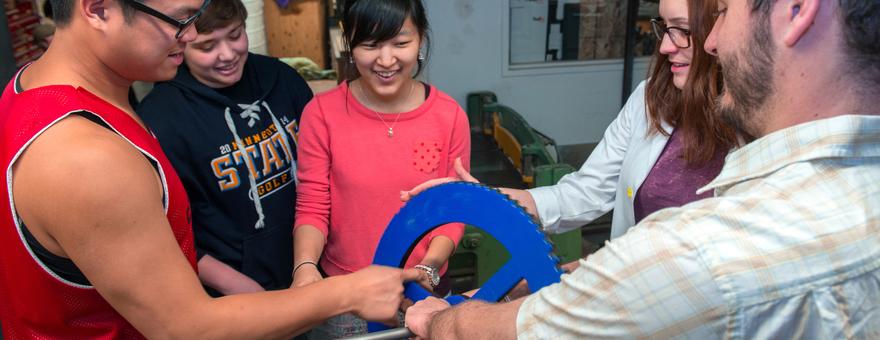
This semester, the Teaching With Writing program is placing a particular emphasis on the connections between reading and writing. Promoting effective reading practices can help students understand relationships between scholarly sources and how academic writing is produced, which, in turn, can assist their own writing processes and practices.









Posted by Daniel Emery // // 0